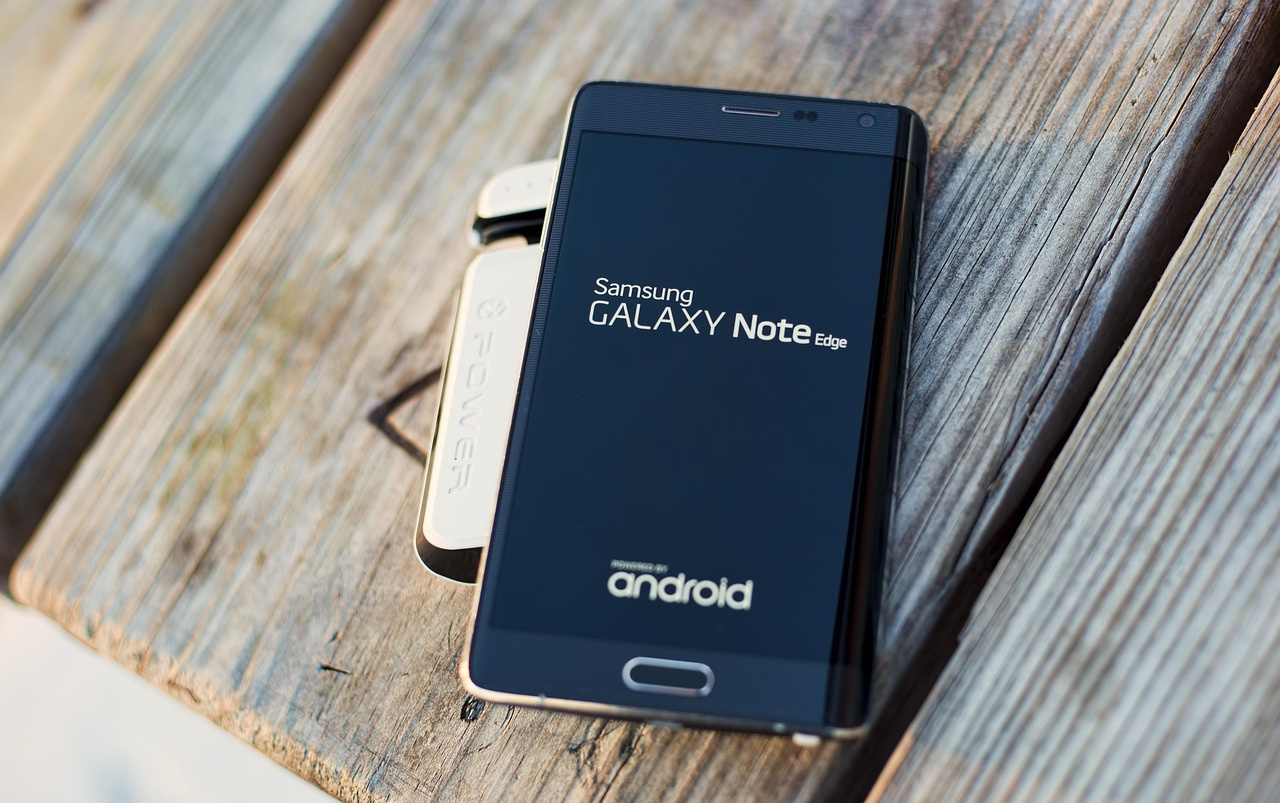
Samsung Galaxy Note Edge
When Samsung unveiled the Galaxy Note Edge in 2014, it wasn’t just releasing another flagship phone—it was introducing an entirely new direction in smartphone design. With its signature curved display spilling over the right side of the phone, the Note Edge stood out in a sea of rectangular slabs. A bold experiment at the time, the device marked a turning point for Samsung, foreshadowing the edge-centric designs that would later become mainstream. Here’s a deeper look at what made the Note Edge both groundbreaking and controversial.
Breaking the Mold: Design & Display Innovation
The most defining feature of the Note Edge was, of course, its curved AMOLED display. This wasn’t just a gimmick—it created a secondary screen area used for:
-
Quick access to app shortcuts
-
Real-time notifications without interrupting the main screen
-
Tools like rulers, tickers, news feeds, and music controls
This side display felt futuristic and, frankly, cool. It turned heads and started conversations. Whether sitting on a desk or in the hand, the phone had presence. However, the curve was only on one side, making the design asymmetrical and divisive among users.
Flagship-Level Performance
Samsung ensured the Note Edge wasn’t just about looks. Internally, it shared DNA with the Galaxy Note 4, including:
-
Snapdragon 805 processor
-
3GB RAM
-
32/64GB internal storage (expandable via microSD)
-
Quad HD 5.6-inch Super AMOLED display
-
S Pen stylus with enhanced note-taking features
These specs meant the device handled gaming, multitasking, and stylus-driven productivity with ease. The vibrant QHD screen offered deep blacks and eye-popping colors—still impressive by today’s standards.
A New Way to Interact… With Limitations
Samsung envisioned the curved edge as more than just a pretty face. It introduced:
-
Night clock and quick tools accessible without waking the main screen
-
Notification ticker that preserved full-screen content
-
Game and app controls that shifted to the edge for better immersion
But for all its promise, software support was inconsistent. Only select apps utilized the edge effectively, and accidental touches were common due to the phone’s wide body. The learning curve and lack of practical edge-based features often left users ignoring it entirely.
Premium Price, Niche Appeal
The Galaxy Note Edge launched at a higher price than the already-expensive Note 4. That cost wasn’t just for performance—it was for the bragging rights of being an early adopter of curved tech. For many users, however, the added price didn’t justify the limited benefits. While tech enthusiasts appreciated the innovation, mainstream buyers stuck with the more practical and slightly cheaper Note 4.
Legacy: More Than Just a Concept
Despite its flaws, the Note Edge paved the way for the future of Samsung’s design language. Its DNA can be seen in the Galaxy S6 Edge, S7 Edge, and beyond. Samsung refined the curved display concept, integrating it more naturally into software and expanding it to both sides of the phone. What started as a bold experiment became a defining feature of Samsung’s flagship lineup.
Final Verdict: A Risk Worth Remembering
The Samsung Galaxy Note Edge was never meant to be a mass-market blockbuster. It was a statement piece—a proof of concept that pushed the boundaries of smartphone design. For those who appreciated innovation and didn’t mind paying a premium for it, the Note Edge was a tech lover’s dream. But for the average consumer, the Note 4 offered a more balanced experience.
In hindsight, the Note Edge was a pivotal moment in mobile history. It dared to be different, and even if it didn’t fully succeed, it helped shape the future of smartphone design.
Pros
✅ Eye-catching curved display
✅ Powerful flagship specs
✅ Functional S Pen experience
✅ Excellent AMOLED screen quality
Cons
❌ High price tag
❌ Limited edge-screen utility
❌ Occasional accidental touches
❌ Uneven software support for curved interface
Rating: 8/10
A bold innovation that opened doors, but not without stumbling blocks along the way.











